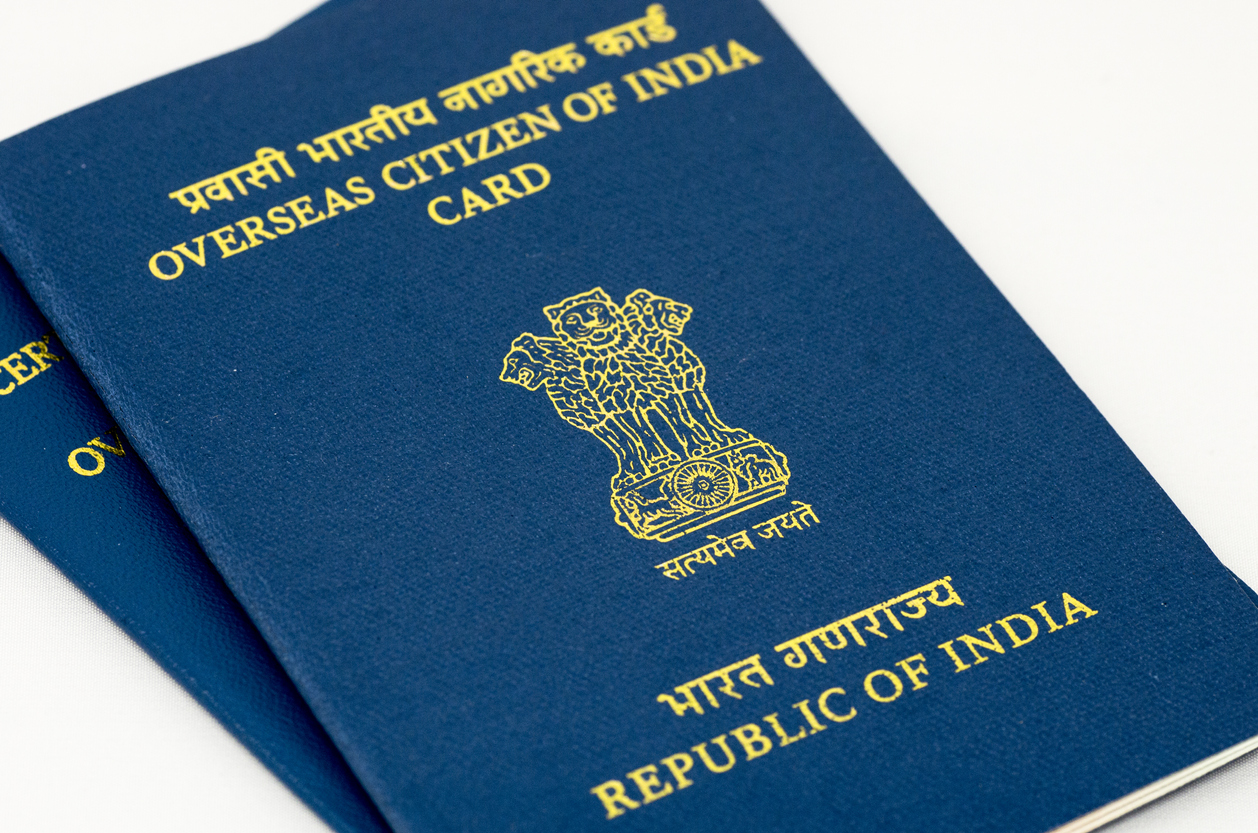Traveling from the United States to India is an adventure filled with rich cultural experiences, diverse landscapes, and historical wonders. However, before embarking on this journey, it’s essential to understand the visa requirements for US citizens traveling to India. This comprehensive guide will walk you through the process, ensuring you’re well-prepared for your trip.
Types of Visas
India offers several types of visas to US citizens, depending on the purpose of the visit. The most common ones include:
- Tourist Visa: This is the most common type of visa for those visiting India for recreation, sightseeing, or visiting friends and relatives. It’s typically valid for six months to ten years, with multiple entries allowed.
- Business Visa: If you’re visiting India for business purposes, you’ll need a Business Visa. This visa is valid for up to ten years with multiple entries.
- Student Visa: For those intending to study in India, a Student Visa is required. The validity of this visa depends on the duration of the course.
- Employment Visa: If you’re going to work in India, you’ll need an Employment Visa. The validity is typically up to one year or the term of the contract.
- Medical Visa: If you’re traveling to India for medical treatment, you’ll need a Medical Visa. This visa is valid for up to one year or the period of treatment, whichever is less.
The Application Process
The Indian visa application process for US citizens is straightforward and can be done online through the Indian government’s e-Visa portal. Here’s a step-by-step guide:
- Complete the Online Application: Fill out the online application form on the e-Visa portal. You’ll need to provide personal information, passport details, and details of your planned trip.
- Upload Documents: You’ll need to upload a digital photograph and a scanned copy of the bio page of your passport.
- Pay the Visa Fee: After submitting the application, you’ll be prompted to pay the visa fee. The fee varies depending on the type of visa and can be paid using a credit or debit card.
- Receive e-Visa via Email: Once your application is approved, you’ll receive your e-Visa via email. Print this out and carry it with you when you travel.
- Arrival in India: Upon arrival in India, present your printed e-Visa and passport at the immigration counter. The officer will stamp your passport for entry.
Required Documents
The documents required for an Indian visa application include:
- Passport: Your passport should have at least two blank pages and be valid for at least six months beyond your intended stay in India.
- Photograph: You’ll need to upload a recent color photograph with a white background. The photograph should show your full face, front view, with eyes open.
- Travel Itinerary: While not always required, it’s a good idea to have details of your flight itinerary and proof of return or onward travel.
- Additional Documents: Depending on the type of visa, additional documents may be required, such as a letter from your employer for a Business Visa or admission letter from an Indian institution for a Student Visa.
Navigating the visa process can seem daunting, but with careful preparation, it’s a manageable task. By understanding the types of visas, following the application process, and preparing the necessary documents, you’ll be well on your way to securing your Indian visa. Remember, the key to a smooth visa application process is to start early and double-check all your information. Happy travels!





